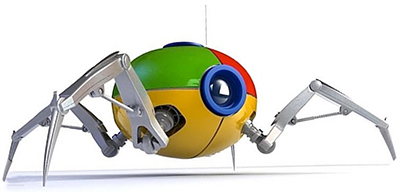Semalt Explains The Key Aspects Of Using Website Crawlers

Site crawlers are the specially coded bots, which crawl your site for all content and index it in the search engines for visibility. In some cases, we put content in our web content in a manner that these crawlers fail to find. Any information, which cannot be found by web crawlers is usually not indexed by Google. As a result, it does not constitute to your ranking factors despite wasting your SEO efforts. This ignorance is a web design mistake that people make when trying to rank their websites. As a result, it is important to run crawlers on your site to make basic adjustments and fix errors, which could lower your ranking.
The expert of Semalt Digital Services, Jack Miller explains the key aspects of using crawlers for your website.
The Importance of Using Crawlers
Crawlers can show you what the audience sees. As many entrepreneurs only make websites and put content, they think that their target consumers will see it for sure, forgetting about other factors that may make it impossible. This is the case where web crawlers come in. Web crawlers reach out to the most hidden places on your website. They can show you missing product information as well as many errors present in your content management system.
1. Tracking page performance
One of the crucial aspects of SEO is monitoring the progress of individual pages. Web crawlers can pick own analytics and metrics from reputable sources such as Google Analytics and Google Search Console. They can also help you track the performance of different pages, giving you valuable insights to edit your information for best SEO performance.
2. Fixing technical errors
One of the factors which can lower your SEO performance is issues regarding your site speed and response. Running a simple crawler returns a harder response code for any URL in your site. Errors and redirects can be fixed quickly using some of their filters like error 404 filters. They can also give you information on your old redirect links and the various places they are sending their information.

3. Crawlers can find missing content
Crawlers can detect "no index" commands. These are areas in your websites where bots cannot reach. Using this information, you can make the necessary adjustments in your content management structure and index all your content. Product categories and groups with missing check boxes can receive updates on your database.
4. Detecting and fixing duplicate content
In other applications, crawlers can find duplicate content. This data is the content which appears in multiple links on search engines. Such content is bad for your SEO and always ends up reducing the authority of your web pages. Crawlers can help you identify such pages and assist you in fixing them through 301 redirects.
Website crawlers can detect various hidden things on your site that might be affecting your site indirectly. SEO is a complicated process, which not only involves proper tracking and following of these crawler's information, but continuous updating of your content. Some third-party web crawlers such as the Screaming Frog's SEO Spider or Semalt Analyzer act like typical search engine crawlers. They can provide you with valuable information, which can be helpful in making necessary adjustments to your website content in order to gain a higher rank in natural organic search queries.